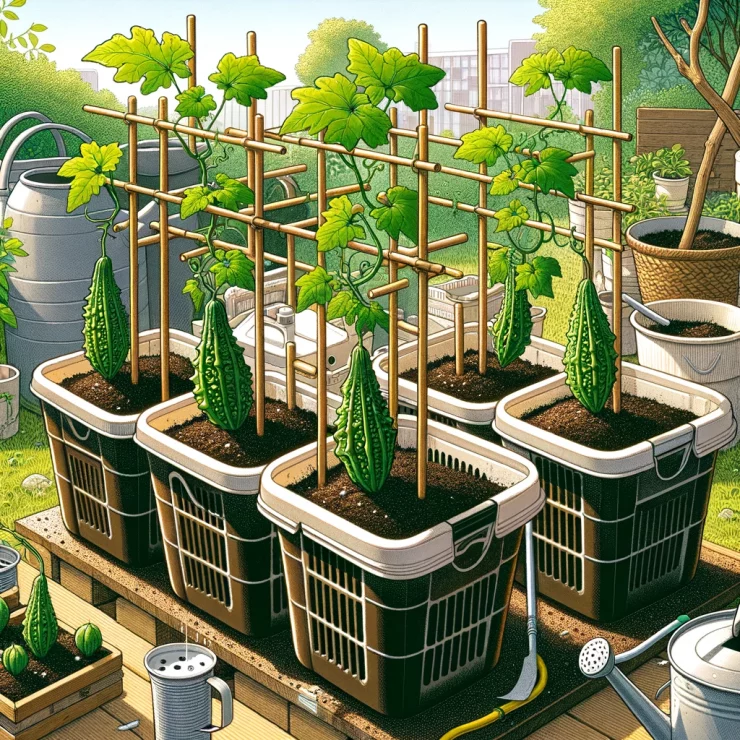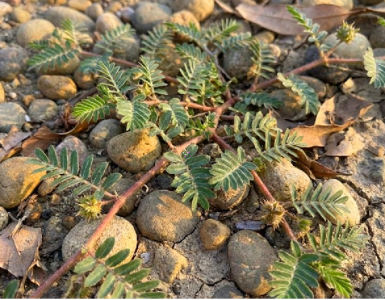Bitter gourds, also known as bitter melons, are not only a staple in many culinary traditions but are also prized for their numerous health benefits. From aiding in digestion to boosting immunity, bitter gourds offer a wealth of nutrients and medicinal properties. Growing these nutritious vegetables at home can be a rewarding experience, and using plastic baskets can make the process even simpler. In this article, we’ll delve into the easiest way to grow bitter gourds in plastic baskets, allowing you to enjoy a fresh supply of this superfood right from your own garden.
Why Choose Plastic Baskets?
Plastic baskets offer several advantages for growing bitter gourds:
Portability: Plastic baskets are lightweight and easy to move around, making them suitable for both indoor and outdoor gardening.
Drainage: Proper drainage is crucial for the healthy growth of bitter gourds. Plastic baskets often come with pre-drilled holes or can be easily modified to ensure adequate drainage, preventing waterlogging and root rot.
Durability: Unlike traditional clay pots, plastic baskets are less prone to breakage and can withstand harsh weather conditions, ensuring longevity and reuse for multiple growing seasons.
Cost-effectiveness: Plastic baskets are generally more affordable than other types of containers, making them an economical choice for gardeners of all levels.
Steps to Grow Bitter Gourds in Plastic Baskets
Follow these simple steps to cultivate bitter gourds in plastic baskets:
Selecting the Right Basket: Choose a plastic basket with sufficient depth (at least 12 inches) to accommodate the root system of bitter gourd plants. Opt for baskets with drainage holes or drill holes in the bottom if needed.
Preparing the Soil: Bitter gourds thrive in well-draining, nutrient-rich soil. Prepare a mixture of garden soil, compost, and organic fertilizer to provide essential nutrients for plant growth.
Planting Seeds or Seedlings: Bitter gourd seeds can be directly sown into the soil or started indoors in seedling trays before transplanting into baskets. Plant seeds or seedlings at a depth of approximately half an inch and space them about 12 inches apart to allow for proper growth.
Watering and Maintenance: Keep the soil consistently moist but not waterlogged, as excessive water can lead to fungal diseases. Water the plants regularly, especially during hot and dry periods, and mulch the soil to retain moisture and suppress weeds.
Providing Support: Bitter gourd plants are climbers and require support for vertical growth. Install trellises or stakes near the baskets to allow the vines to climb and spread out, maximizing space and airflow.
Fertilizing: Apply a balanced fertilizer every 2-3 weeks to promote healthy growth and fruit development. Avoid over-fertilization, as this can lead to excessive foliage growth at the expense of fruit production.
Harvesting: Bitter gourds are ready for harvest when they reach a length of 4-6 inches and turn a vibrant green color. Use a sharp knife or scissors to cut the fruits from the vines, taking care to avoid damaging the plant.
By following these steps, you can easily grow bitter gourds in plastic baskets and enjoy a bountiful harvest of fresh, homegrown vegetables. Whether you’re a seasoned gardener or a novice enthusiast, cultivating bitter gourds in plastic baskets is a convenient and rewarding way to add a nutritious addition to your diet while embracing the joys of gardening.






Add comment